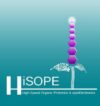Institutions

Centre National de la Recherche Scientifique (CNRS), As a major player in basic research worldwide, the National Centre for Scientific Research is the only French organization active in all scientific fields. Its unique position as a multi-specialist enables it to bring together all of the scientific disciplines in order to shed light on and understand the challenges of today’s world. Together, the different sciences contribute to sustainable progress that benefits society as a whole.
Université Sorbonne Paris Nord (USPN) is a renowned public university with 25,000 students located in the heart of one of the most dynamic and culturally rich regions in France. Situated in the north of the Île-de-France region, USPN is part of the vibrant academic community of Paris, known for its excellence in education, research, and innovation. With a strong heritage in multidisciplinary studies, the university offers a wide range of programs across various faculties, including sciences, humanities, social sciences, health, mathematics, computer science, material sciences, physics and engineering.
The CNRS-USPN team will coordinate the project and lead on OLED design and fabrication, and characterisation of new materials. It has world-class expertise in the field of high-speed and broaband OLEDs with capabilities in simulations and micro- and nanofabrication made possible by its central role in the C(PN)2 technology facilities where it developed two clusters for organic materials deposition, micro-nanopatterning and RF-Opto characterisation.
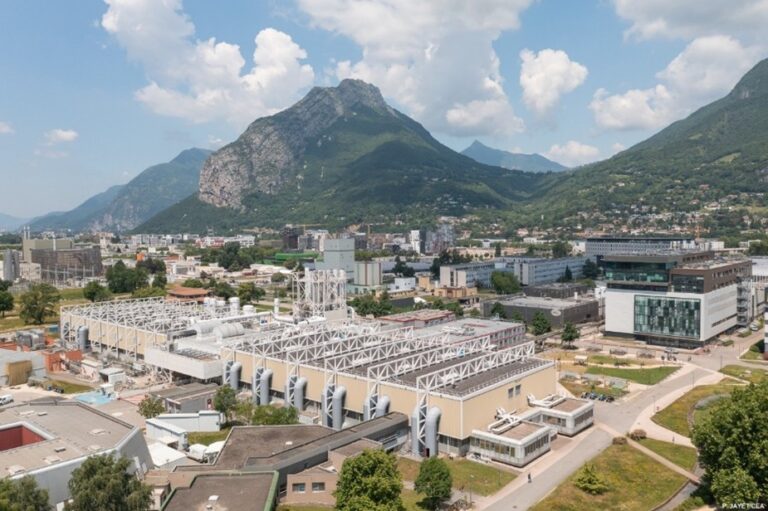
Commissariat à l’Énergie Atomique et aux Energies Alternatives (CEA-LETI) is the largest French research and technology organization specialized in Technological Research. The laboratory Leti is working on miniaturization techniques (microelectronics, sensors, displays, microsystems etc) and their applications. CEA-Leti is driving innovation to support industry, government, defense and address societal challenges with 2 000 talented people, 300 industrial & governmental partners, 11 000 sq. m. cleanroom space, 700 pre-industrial equipment and 3 200 patents in portfolio and 72 start-up created in last 20 years.
CEA-Leti has at least 11 main technological baseline process including OLED and OPD fabrication. Relying on in-depth know-how of those process & their synergies, it can perform R&D projects & feasibility studies on the opportunity to integrate micro technologies into products, design and fabricate prototypes, realize recurrent batches to increase process maturity, and transfer prototypes to your chosen production lines. CEA-Leti works with mass production friendly process and uses tools that are available in commercial foundries. CEA-Leti has profound expertise in photonics: imagers, silicon photonics, displays, optical sensors and photonics systems.
As partner CEA-Leti provides expertise in organic device manufacture and data communication system design. CEA-LETI will lead on high-speed photodetectors, proof-of concept demonstrators and life cycle analysis.
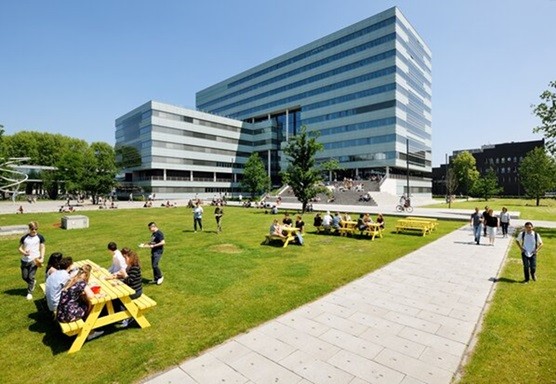
Technische Universiteit Eindhoven (TUe) is a first-rate research university specializing in engineering science and technology in the Netherlands and in Europe. TU/e is situated in the heart of one of the most innovative communities in the world: Brainport, renowned for technology and design. With companies such as Philips, ASML, DAF, NXP, Thermo Fisher, Vanderlande and VDL, the Eindhoven region has a strong heritage in technology. Presently (2025), 13069 students are enrolled at TU/e in 9 faculties following 108 study programs.
In HiSOPE, TU/e will perform Quantum Chemical (QC) calculations of properties of organic molecules and kinetic Monte Carlo simulations (kMC) of devices for high-speed optoelectronics. We will communicate about these results in impactful journals in Organic Electronics and Photonics, and at international conferences like the International Conference on Science and Technology of Synthetic Electronic Materials (ICSM), the European Conference on Molecular Electronics (ECME), and the SPIE Optics and Photonics conference. The subject of high-speed organic optoelectronics will be integrated in university courses to stimulate the interest of students in this new technology.

Heriot Watt University (HWU) is a leading international technological University, recognised for its world-class research, knowledge exchange and educational programmes. The School of Engineering and Physical Sciences is one of the most successful engineering faculties in the UK; our joint submission with the University of Edinburgh in Engineering was ranked 1st in Scotland and 3rd in the UK for quality and breadth of research (Times Higher Education). With over £25 million annual research income it is a recognised research leader in Physics, Electronics, Mechanical Engineering, Chemistry and Robotics. As a small-scale university, we have a strong collaborative and multi-disciplinary research culture.
The Institute for Sensors Signals and Systems (ISSS) is a world leading research unit developing key innovations related to satellite and terrestrial communication systems, microwave and antenna engineering, medical device manufacturing, signal and image processing, autonomous distributive systems and robotics. Our research, which is underpinned by annual research income in excess of £3M, delivers impact in several key areas including; Wireless Systems, Robotics & Autonomous Systems and Transport, Medical Technologies, Surveillance and Defence.
Microwave and Wireless Technologies research at ISSS is staffed by ten faculty including five at professorial level and is a strategic area of growth. The research cluster addresses topical areas in satellite communications, 6G as well as IoT and radar systems from innovative component designs to system-level integration. The cluster works in close collaboration with other communication research groups in the Edinburgh area as well as a number of industrial partners in Scotland, the UK, Europe and globally. Core to this cluster sits with the Microwave and Antenna Laboratory (https://microwaves.site.hw.ac.uk/) that is presently staffed with 10 full time faculty and about 25 researcher staff and PhD students. The Laboratory is currently underpinned by a research portfolio in excess of £4M by the EPSRC, European Space Agency, Horizon Europe and industrial partners.
In HiSOPE, the Microwave and Wireless Technologies research group will contribute by developing rapid electronics for OLEDs and OPDs. More specifically, RF circuits will be designed to drive OLEDs and detect photocurrents from OPDs leveraging the group expertise in microwave techniques and instrumentation.
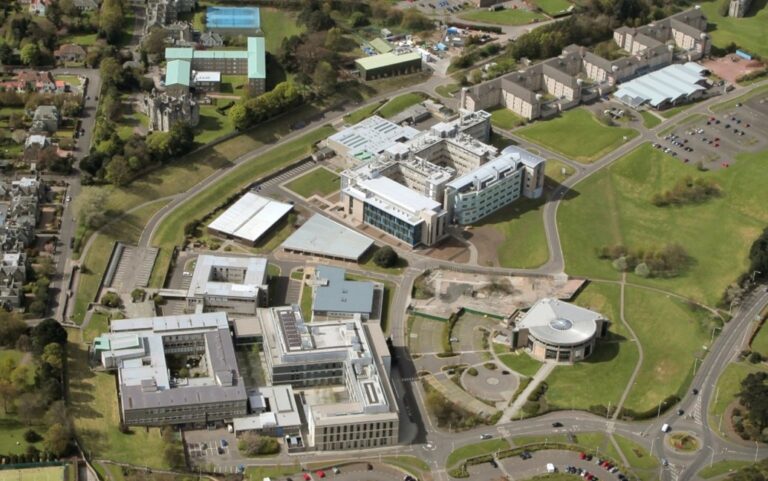
University of St Andrews (USTAN) is a research-intensive university of 10,000 students, and the 3rd oldest university in the UK. The Organic Semiconductor Centre (https://polyopto.wp.st-andrews.ac.uk/) is a facility, unique in Scotland, dedicated to the understanding, characterisation and development of organic semiconductors and device technologies made from them. USTAN has a strong track record in protecting and exploiting intellectual property relating to applications of organic semiconductors and OLEDs. For example, Prof. Ifor Samuel has previously translated new research concepts on OLED lighting applications through to commercial success. The team also has previously filed 2 patents related to organic lasers and fast-pulsed OLEDs. With support from the USTAN Technology Translation Centre and relevant Partners within HiSOPE, USTAN will identify protectable IP prior to publication and take steps to protect and exploit inventions through licensing or spin out routes.
As a world-leader in organic lasers and high-performance OLEDs, USTAN will lead on the development of OLED-integrated short-pulse lasers, and photophysics of new materials
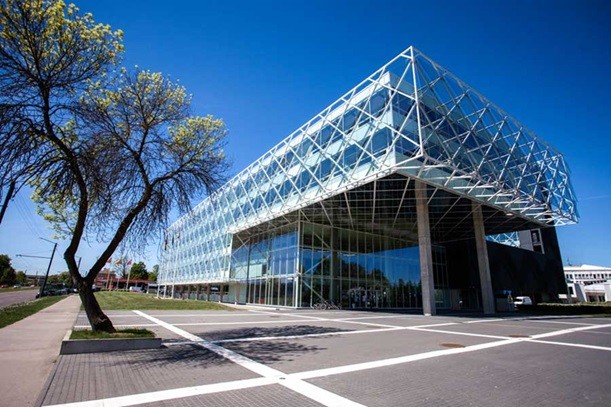
Kauno Technology University (KTU) is one of the largest technical universities in the Baltic States, located in Kaunas, Lithuania. Established in 1922, KTU has a long history of excellence in engineering and technology education. The university is known for its strong research focus in the fields such as materials science, electronics, mechanical engineering, information technologies, and photonics. KTU plays a leading role in advanced organic semiconductor research.
KTU Chemistry of Materials research group specializes in the design, synthesis and characterization of novel organic electroactive compounds for next-generation organic optoelectronic devices. The research team actively participates in EU-funded projects by developing advanced materials, optimizing device performance, and ensuring compatibility with evolving manufacturing processes. The members of research group actively collaborate with international partners to bridge the gap between fundamental research and industrial applications in organic optoelectronics.
KTU will work on the design, synthesis, and purification of OSCs, conducting extensive material characterization to meet the project’s KPIs (such as fluorescence lifetimes below 1 ns, high charge carrier mobility, and high glass transition temperature).
KTU will collaborate with the potential partners through workshops, conferences, and publications to explore the possibilities of commercial applications of the synthesized materials.
